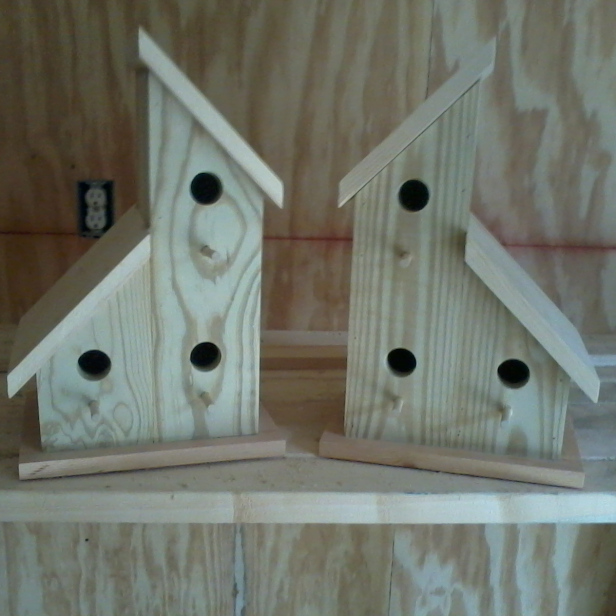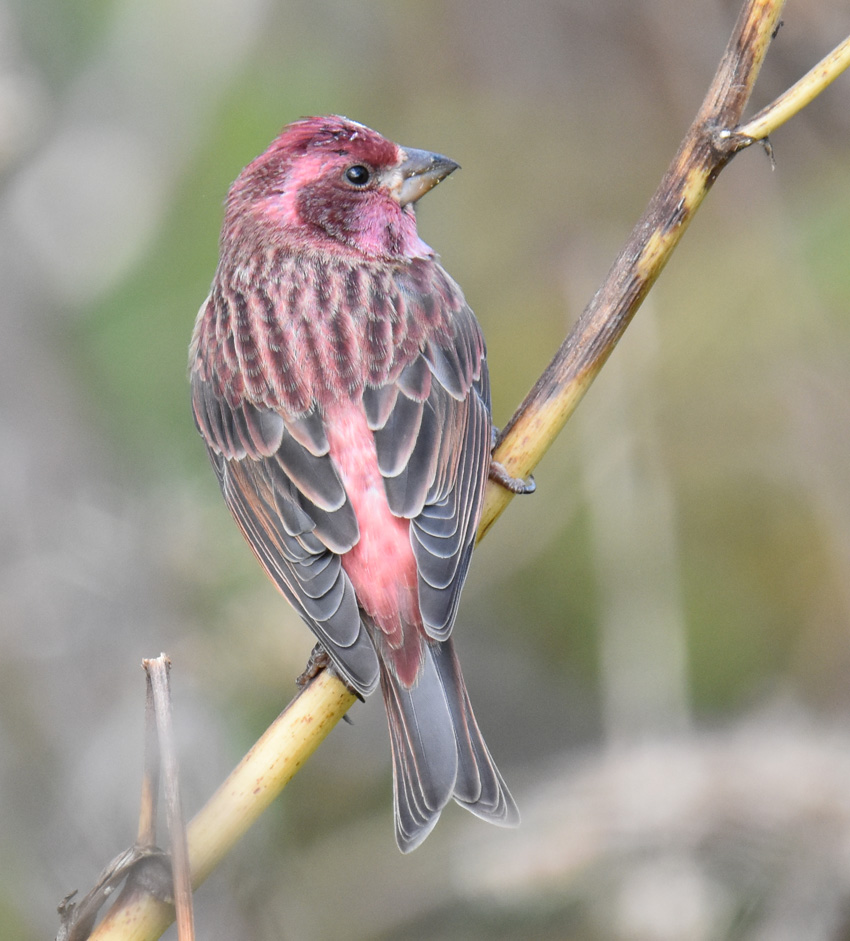

In the winter, heated birdbaths provide an excellent place for birds to drink In fact, most encounters with Eastern Bluebirds during the winter months take place by small streams and flowing water that is open all winter long. Water in a bird bath should be cleaned regularly as birds defecate, leave bits of food and feathers in the bath, not to mention leaves and other items that can end up in a bath. Water is essential to all birds and providing a bird bath means they don’t have to travel great distances to find water. In these flocks they are socially dominate over the goldfinch and subordinate to the Siskin. Here in Simcoe County, both are year-round residents. During the winter Purple Finches will often forage and roost with mixed flocks of Pine Siskin and American Goldfinch. House Finches are non-migratory, year-round residents in their territory while Purple Finches are predominately migratory in more Northern populations. Juveniles of both Purple and House Finches look similar to the the females, and neither experience seasonal plumage changes.

While Purple Finches have a distinctive notched tail, the House Finch has a relatively shallow notch in its tail, often overlooked. The lack of an eye-stripe is a great field-marking to determine if you have a female House or Purple Finch. Like the Purple Finch, adult females aren’t red instead they are plain grayish-brown with thick, blurry streaks and an indistinctly marked face. Adult males are a rosy red colour on the face and upper breast, with a streaky brown back, belly and tail. Their wings are short, which gives the tail the illusion of being long by comparison. House Finches (left) also have fairly large large beaks and somewhat long, flat heads. The tail of both sexes appears short and is clearly notched at the tip. They are coarsely streaked below, with strong facial markings including a whitish eye-stripe and a dark line down the side of the throat.

Female Purple Finches have no red whatsoever and are often mistaken for sparrows at first glance. They are often described as looking like they were "dipped in raspberry-jelly". Male Purple Finches are a soft pinkish red on the head and breast, which mixes into brown on their back and cloudy white on the belly. Purple Finches (right, male) have powerful, conical beaks that are far larger than any sparrows. One of the most common ID challenges to birders, new or experienced, the two can look very similar, but there are ways to tell these look-a-likes apart! How do I to Tell House and Purple Finches Apart?īoth House and Purple Finches are small birds, coming in about the same size as a typical House Sparrow. This species moves very erratically from year to year, so if you didn't have them this year don't despair, there’s always a chance they’ll arrive next year. Your backyard feeder is a great place to look for Purple Finches (right, male). Look for House Finches feeding on the ground or at bird feeders, or perching high in nearby trees. House Finches (left) are comfortable in urban areas such as city parks, city centres, backyards, farms, and forest edges, and these gregarious and social birds prefer to hang out in large noisy groups that are hard to miss when nearby. Attracting House and Purple Finches to Your Backyard


 0 kommentar(er)
0 kommentar(er)
